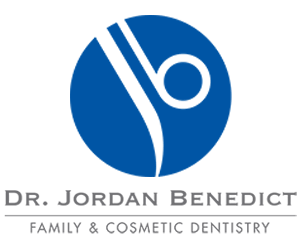Periodontal Care
Periodontal disease (Periodontitis) damages the gums, ligaments and bone structure that support your teeth. It is caused by the bacterial infection associated with plaque. Plaque is that clear sticky substance that builds throughout the day on your teeth which is removed by regular brushing and flossing. Plaque that isn't cleaned off through brushing and flossing hardens into tartar which must be removed by a dentist or hygienist through 'scaling'.
Tartar that is left on the teeth can cause infection that will accumulate below the gum line. Over time the bacterial infection can result in the gums separating from their grip on your teeth causing 'pockets' between your gum and tooth to develop. These 'pockets' make room for more infection and additional problems to occur including receding and pain in gum tissue as well as loosened damaged teeth and constant breath issues and even tooth loss.
The early stage of periodontal disease is Gingivitis. Gingivitis is extremely common and usually defined by mild gum irritation, minor bleeding during regular brushing and flossing and occasional bad breath caused by the gum infection. Gingivitis is caused by the bacteria from plaque under the gum line. Gingivitis is controllable and treatable with regular brushing and routine dental visits for a thorough cleaning.
Gingivitis left untreated can spread to the bone structure that supports your teeth. This is where periodontal disease sets in. As the infection progresses 'pocket' are formed between your tooth and gum, allowing tartar, bacterial and infection to accumulate and damage the underlying bone. As the Periodontitis advances the 'pockets' deepen allowing the infection to worsen and damage to increase.
Moderate Periodontitis occurs as the 'pocket' deepens down the root the gum separates further from the tooth often causing it to be noticeably receded and tender and the bone holding the tooth in place may be up to 1/3 lost. Allowed to advance, the bone destruction will continue and the tooth will loosen even to the point of falling out or requiring extraction.
What to look for:
Gum symptoms:
- Gums that bleed during normal (even gentle) brushing and flossing
- Gums that are tender, sensitive or even painful to the touch
- Gums that are swollen
- Gums that appear shiny or bright red (like in many infections)
- Gums that are receding
Tooth symptoms:
- Teeth that are loose in an adult
- Teeth that appear unusually long (due to receded gum)
- Teeth with excessive tartar buildup along the visible gum line and in the 'pocket'
Other symptoms:
- Frequent or continuous bad breath
- Overall discomfort in the mouth
Periodontal disease can be treated and like most ailments, the earlier it is detected the better. If you experience any of the symptoms listed above, come visit our Port Hope dental team for a checkup. Dr. Benedict and his team would be pleased to evaluate your condition and administer an effective treatment regime.



